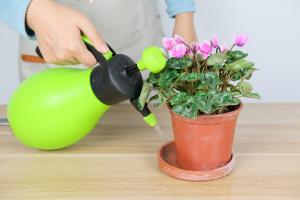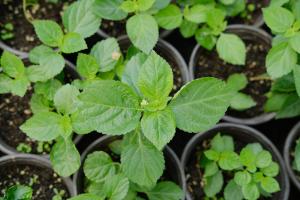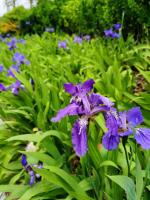1、 Curing method
1. Temperature: Purslane likes warm, slightly higher environment. Specifically, it is more appropriate between 20 and 30 degrees. In addition, the breeding temperature can also be maintained in this range. In addition, too muggy environment is harmful to it, so you can pay a little attention

2. Light: Purslane needs more sunshine. Its flowers have one characteristic: they will not open until they see the sun; If it is in the dark, cloudy days, lack of sunshine, the flowers will not open. Therefore, in order to ensure its normal flowering, try to place it in a place with good sunshine

3. Watering: Purslane needs more water in the growing season, but it can't accumulate water. Especially during the flowering period, there should be no water shortage. After the end of autumn, the growth rate will slow down, so there is no need to pour too much water

4. Fertilization: liquid fertilizer should be used regularly, but the interval should not be too short. It's OK once or twice a month

2、 Breeding skills
1. Reproduction: sowing can be used. However, its seeds are relatively small, so it is necessary to select the appropriate seeds. It can be sown in spring, summer and autumn. The row spacing can be about six centimeters, and the plant spacing is about five centimeters. After sowing, it can be covered with a thin layer of soil or not covered directly. Keep the temperature above 20 degrees

2. Basin change: it does not have particularly high requirements for soil, and its ability to resist barren soil is very strong. Therefore, the interval between changing pots can be slightly longer, in two or three years, but it can't be changed all the time. Sandy soil with good drainage can be selected, and the effect is relatively good. After changing the basin, temporarily put it in a cool place to let it adapt

3、 Problem diagnosis and treatment
1. Disease: there may be "anthrax", and the damaged parts are mainly its leaves. You need to cut off this part of the leaves and then use chlorothalonil. There is "powdery mildew", which is very common in leaves and flowers. Chlorothalonil can also be used

2. Insect pests: relatively speaking, there are not too many. There may be "scale insects" and so on. Some preventive agents can be sprayed in advance

4、 Other issues
1. Toxicity: it is non-toxic and has medicinal and edible value

2. Whether it can be raised at home: it can also be viewed and cultivated at home as a potted plant


 how many times do yo...
how many times do yo... how many planted tre...
how many planted tre... how many pine trees ...
how many pine trees ... how many pecan trees...
how many pecan trees... how many plants comp...
how many plants comp... how many plants can ...
how many plants can ... how many plants and ...
how many plants and ... how many pepper plan...
how many pepper plan...































